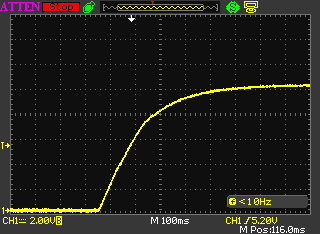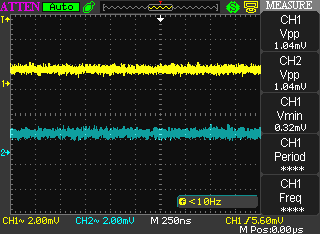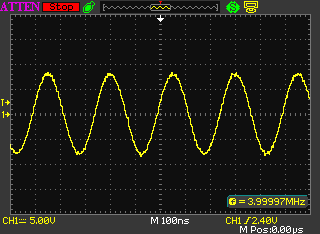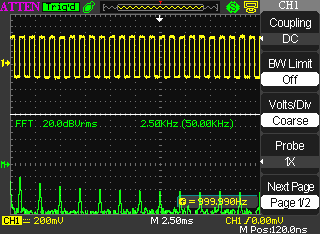Agilent Recent had a deal on that if you bought an e36xx power supply you would get an e1272a DMM for free which was a great deal since I needed a bench power supply and a new higher resolution multimeter. I decided to get the e3610a which has the following specs:
- Linear Power Supply
- Single Output
- 30W power Output
- Two Ranges: 0-6V @ 3A and 0-15V @2A
- Noise: 2mV p to p
- Load and Line Regulation: 0.01% + 2mV
It’s a nice solid power supply that has 10 turn potentiometers for the voltage and current limit adjust which feel great and give excellent control of the output, you can easily adjust the output to 10mV and 10mA resolution which can be difficult on power supplies with cheaper single turn potentiometers. Another thing I like about this power supply is that it’s fan-less, nothing is more annoying than test equipment with a loud fan and some I have used in the past can be very loud especially when outputting a lot of power.
This is an older design of power supplies so it doesn’t have some of the fancier features that newer digitally controlled power supplies have like being able to digitally set the output or have PC connectivity but I don’t really need any of those features anyway.
I measured the output step response with the oscilloscope and it shows no sign of overshoot.
Measuring the output noise of the power supply:
I think that’s more a measurement of the noise floor of the oscilloscope than the output noise of the power supply but that just shows the great performance of the supply.
I would recommend this supply to anyone looking for a solid linear power supply that is going to last them forever. I’ve done some looking around and if you don’t care about getting a used power supply these can be had for very reasonable prices on ebay. Also because of the simple design you could probably even pickup a broken one on ebay and repair it cheap. I know I’m considering getting a second one off ebay.
Here is a small teardown of the Power supply showing the high build quality.



















